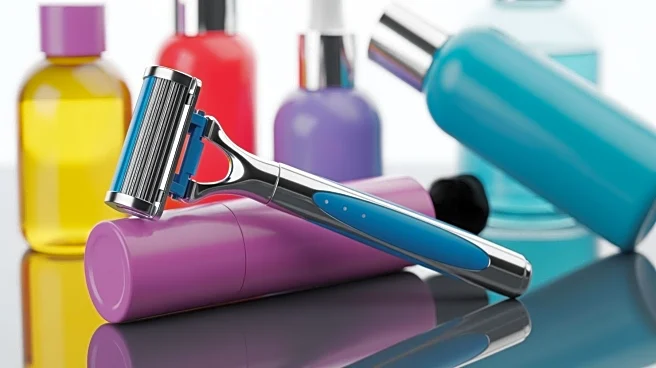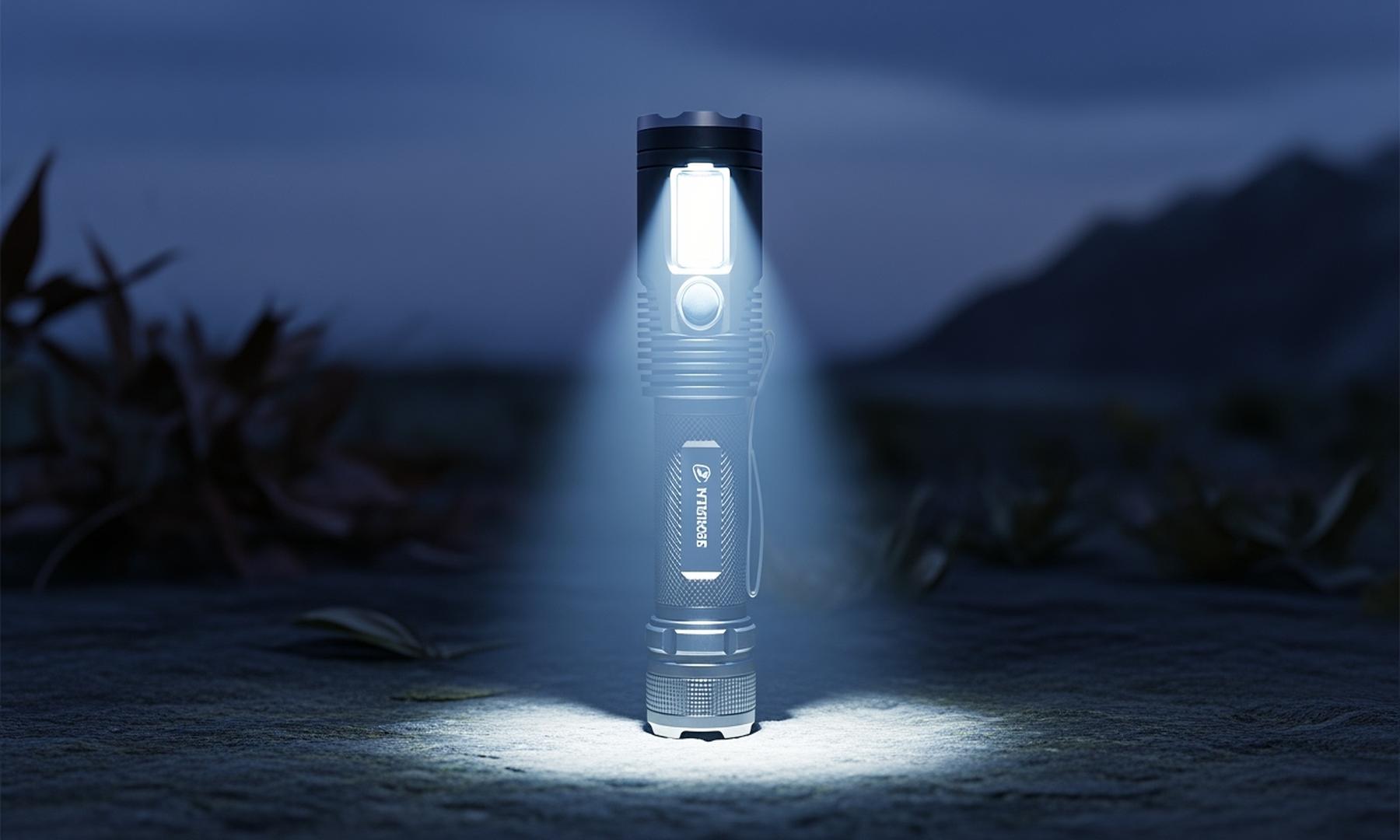What's Happening?
Procter & Gamble (P&G) reported better-than-expected sales results for its beauty and grooming categories, leading to a 2 percent organic revenue growth in the fiscal first quarter. The company's strategy
of marketing premium products as superior to competitors has contributed to this success. Despite challenges in other areas, such as baby and family care, P&G's focus on high-margin categories has driven overall sales growth.
Why It's Important?
P&G's strong performance in beauty and grooming reflects consumer resilience and the effectiveness of its premium pricing strategy. This success is significant for the consumer goods industry, as it demonstrates the potential for growth in high-margin categories despite broader economic pressures. Investors and stakeholders may view P&G's results as a positive indicator of market stability and consumer spending trends.
What's Next?
P&G plans to cut 15 percent of its corporate workforce over the next two years to improve efficiency. The company is also reviewing its brand portfolio and considering divestments. These strategic moves aim to streamline operations and enhance profitability. P&G's ongoing adjustments to its business model may influence its future market position and competitive dynamics.
Beyond the Headlines
The focus on premium products and efficiency improvements raises questions about the long-term sustainability of P&G's strategy. As consumer preferences shift, the company must balance innovation with cost management to maintain its market leadership. Ethical considerations regarding workforce reductions and brand management may also emerge as P&G navigates its restructuring efforts.











